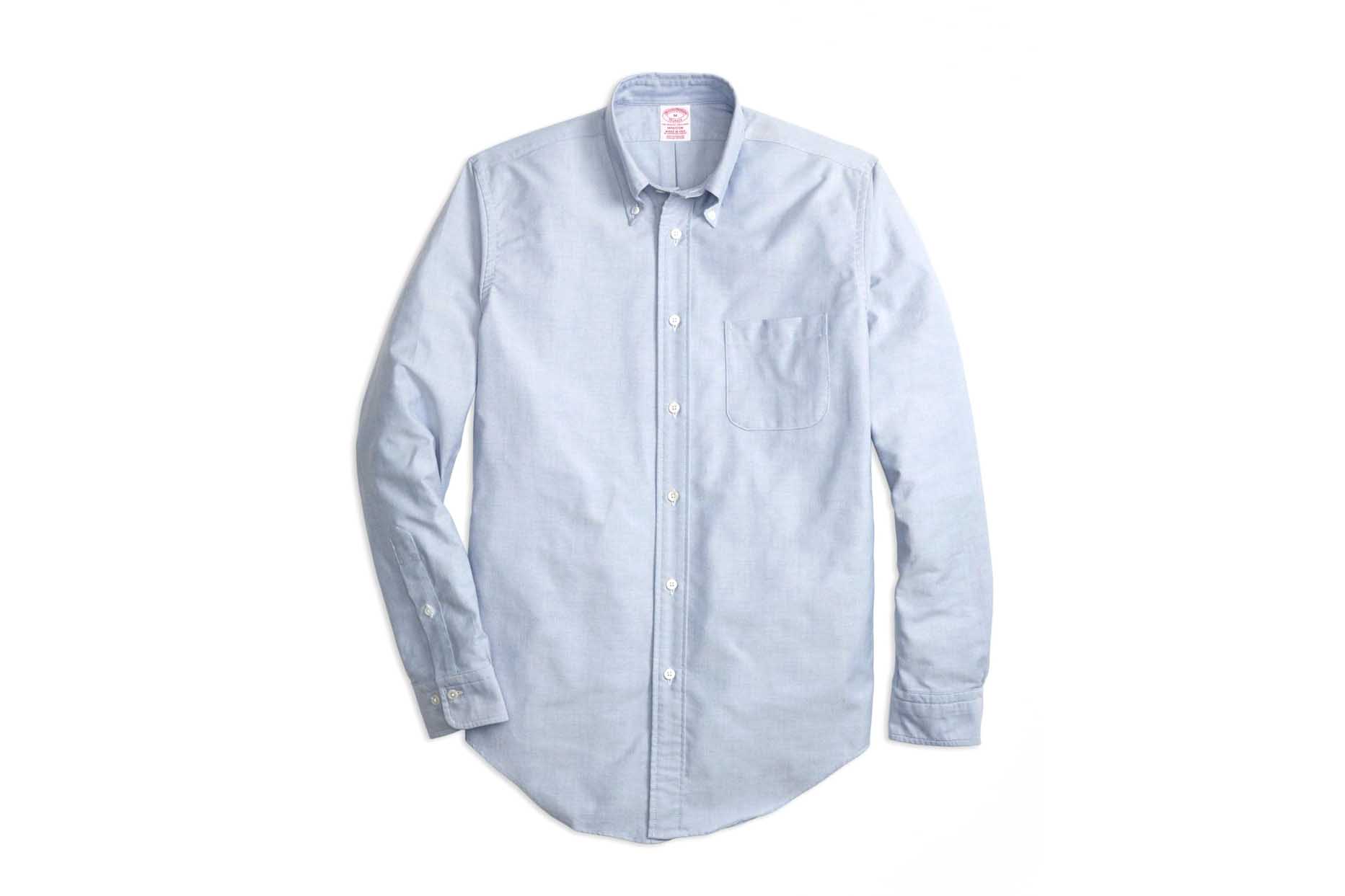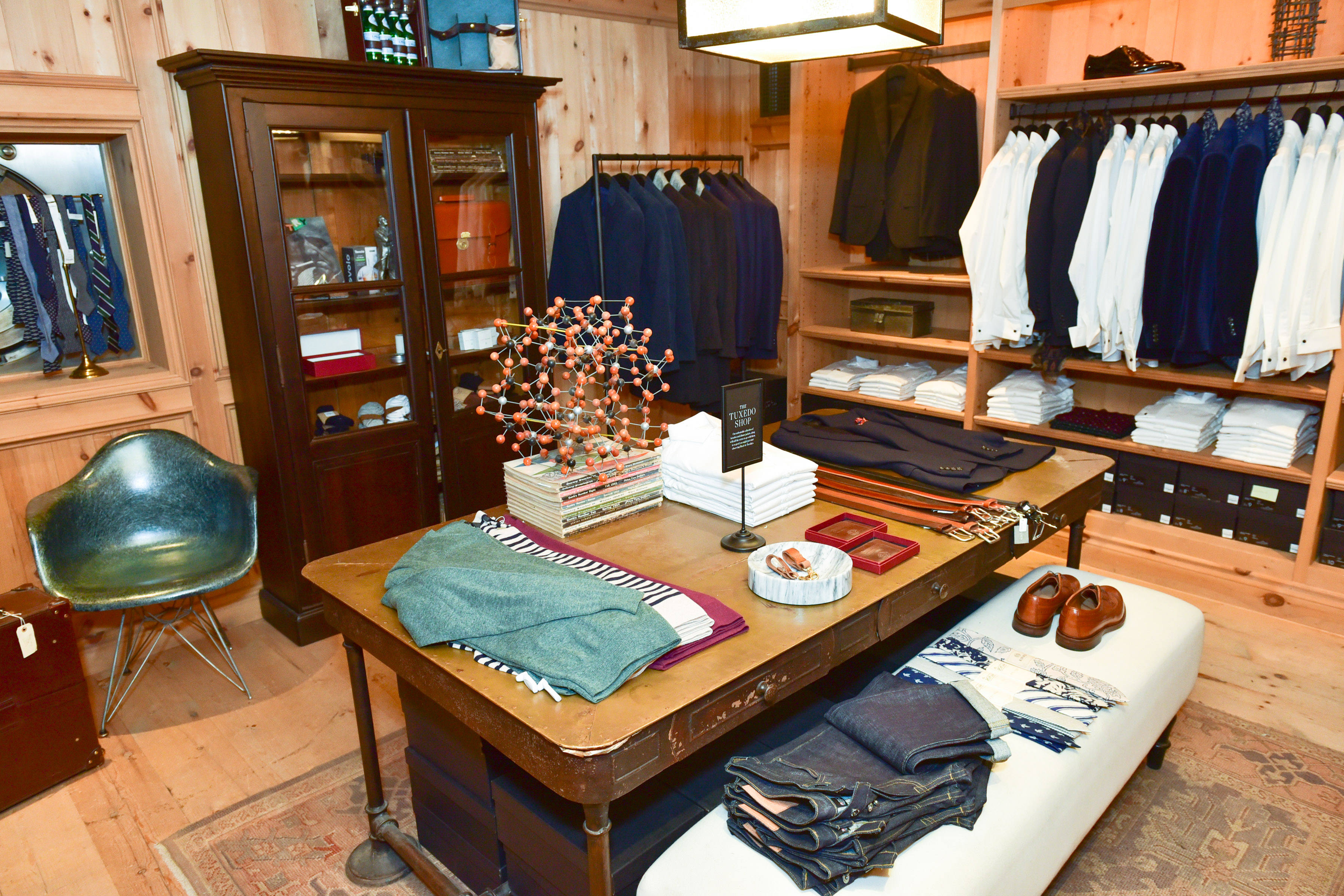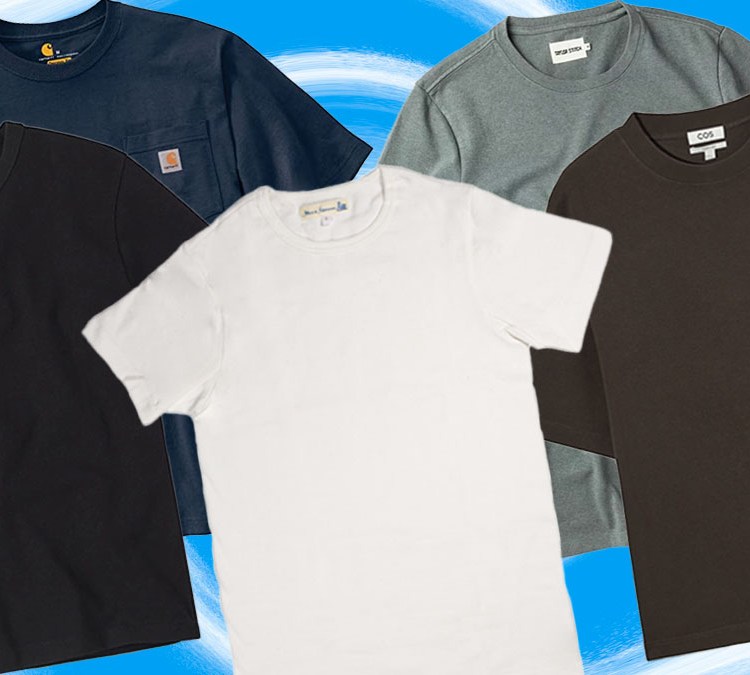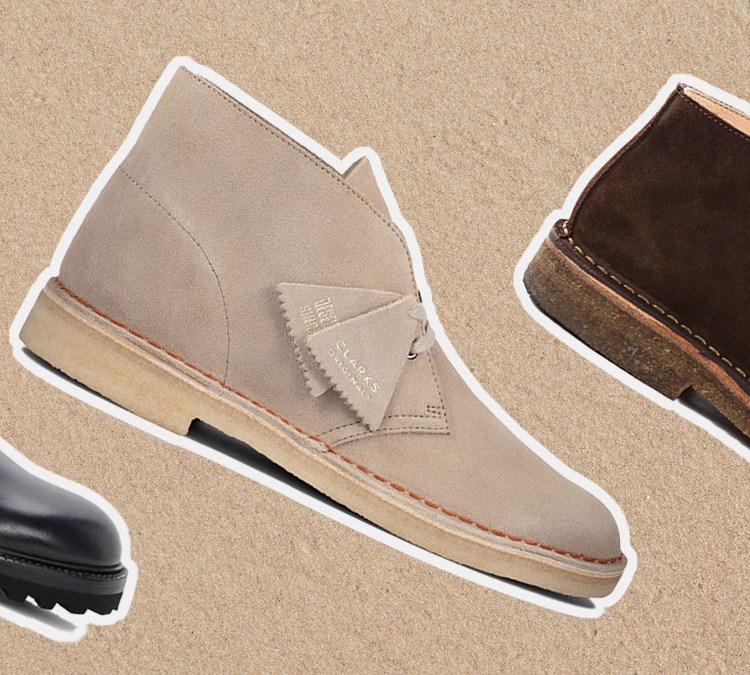We’re 30 years and a day away from Forbes publishing the article, “An Escalator? In Brooks Brothers?,” that tried to make sense of the iconic brand’s new ownership’s handling of the company it had recently acquired. At first glance, the British firm Marks & Spencer purchasing such a venerable brand might have made some sense, but, like the title implies, an escalator in the then-newly remodeled flagship store on Madison Ave. was the first harbinger of the sartorial apocalypse for some. “This is not a retail store,” one former executive told the publication. “It’s an American institution, and anything remotely revolutionary will destroy it.” (You can read the entire article at Ivy Style if you’re interested.)
That article, published almost exactly three decades to the day that Brooks Brothers declared bankruptcy earlier this week, was a sign of things to come. As the decade progressed, the brand faded further into irrelevance, just another store you could find in the mall or — *gasp* — an airport. Small but critical changes had been noticeable a year earlier, when the company decided to add an interior collar lining to its famous oxford-cloth-button-down, known by real heads as the OCBD. God, they say, is in the details, and that specific detail, more than any redecorating Marks & Spencer did, was the signal that the brand had lost the plot.
Former employee Ralph Lauren had dominated the marketplace Brooks Brothers helped pioneer, a look that catered to well-to-do WASP types, but in Lauren’s hands, was repackaged as a lifestyle, something a Jewish guy from the Bronx slapped his name on and sold as luxury. While Brooks Brothers was trying to redefine what the brand was about in the Clinton era, Lauren continued to dominate, and upstarts like Tommy Hilfiger took the “preppy” look — long the style of white college kids — and brought it to the masses, worn by movie stars and rappers alike. If those companies could succeed, why couldn’t Brooks Brothers?
One big reason is expansion. It all goes back to what that former executive told Forbes. The store’s attempt to grow without changing very much back in the early 1990s was the beginning of the end. By the Clinton era, Brooks Brothers was no longer some brand worn mostly by Princeton and Yale grads that had cushy jobs waiting for them after college; it wasn’t some secret or unattainable goal. The cultural weight it carried also didn’t translate into dollars: its connection to writers like F. Scott Fitzgerald or the Take Ivy crowd helped to carry on its legacy in some circles, but not enough to sustain it as a global megabrand. Brooks Brothers had a storied past, but as it shuttled through the present into the future, it couldn’t figure out how to become relevant when it mattered most: in the moment.

There was the Red Fleece collection, a younger, prep-oriented line that had a few good pieces every season but didn’t raise many eyebrows beyond the same people who still got the company catalog in the mail. There was the Great Gatsby collection to go along with the 2013 Baz Luhrmann adaptation, but the Roaring ‘20s obsession came and went with blockbuster season. Beyond that, Brooks Brothers hasn’t made much news in the new millennium. It was, for all intents and purposes, a forgotten brand. One that many of us still wore out of some misplaced sense of tradition, even though the quality of the shirts and sport coats had declined alongside company profits.
That, maybe more than anything, is what doomed Brooks Brothers. I grew up surrounded by men who cared about what they wore, and Brooks Brothers was part of our family story. Being able to buy and wear the brand was a way for my grandfather or father to signify that in some small way, we had made it. We were Americans now, we’d grown past our immigrant roots, and we could wear the clothes of an American. It seems so quaint and silly now, with the modern-day fashion industry being such a borderless enterprise, where people in Seoul or Moscow can dress like people in Mexico City and Toronto, Brooklyn or Paris. The idea of an American look is a thing of the past. It’s the companies that can reimagine or update these looks, from Noah to Freemans Sporting Club, that people are interested in. Even Ralph Lauren has looked to young blood to help bolster the brand, teaming up with skateboard companies and knowing what to revive from its archives — and when to revive it — to at least stay in the conversation.
Brooks Brothers, on the other hand, tried to see how long it could stay doing the same old thing. Nearly a decade ago, when the company opened up its first Red Fleece store in Manhattan, I thought that maybe the company was onto something. The shop felt like what I wanted from Brooks Brothers: a mix of old-school and irreverent, a stylish place where I felt like I could spend an afternoon thumbing through shirt patterns and chatting up clerks. But it wasn’t enough. Brooks Brothers kept holding onto the idea of what was, never figuring out what the company could be.
This article was featured in the InsideHook newsletter. Sign up now.





















